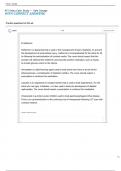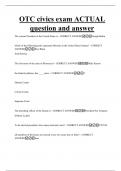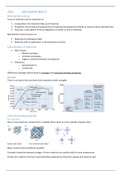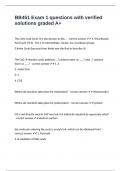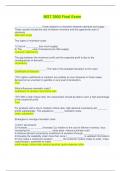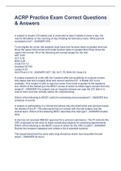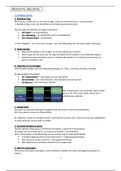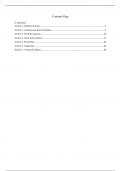To calibrate the thermometers, all that we needed to do was test them against the boiling
and freezing point of water, which are 100°c and 0°c - if the thermometers read at 100°c
when the water was boiling, and ideally 0°c when the water was frozen, then the readings
were accurate and they were calibrated correctly, meaning that we could trust the results
that they gave us.
Thermometer calibration results
We found that the highest temperature that the digital thermometer reached was around
110°c, and for the liquid thermometer it was closer to 118°c. These temperatures were quite
high however, so it’s likely that we forgot to stir the water or left the thermometers touching
the bottom of the beaker, which would've made the readings higher. When testing them
against the freezing point of water, we found that it was far more difficult to get them to reach
0°c due to the method that we were using - we had a beaker full with a few large chunks of
ice and a small amount of tap water. Even when holding both thermometers against the ice
for a considerable amount of time, neither the digital or the liquid thermometers reached 0°c.
The closest that we managed to reach was around 2.3°c for the digital thermometer and
3.1°c for the liquid thermometer. It was easier to hold the digital thermometer against the ice
as the rod that measured the temperature was slim and it was easy to direct the tip of it to
stay directly against the ice. For the liquid thermometer however, it wasn’t bulky but was
slightly less slim so it was more difficult to keep the right part of it against the ice. A problem
with this method of calibration is that because it was difficult to keep the thermometers held
against the ice, the results wouldn’t be as accurate as they would’ve moved too much and
the results would have been altered by the temperature of the rest of the water (from the tap
and from the melted ice cube) in the beaker; it was difficult to get the exact reading of the ice
(below 0°c) due to the water around it altering the reading.
Comparison - accuracy at other temperatures
To compare the accuracy further, we measured them both in a beaker of tap water - we filled
a beaker up to 20ml with tap water and then placed both of the thermometers in it. Tap water
should read about 20°C (www.earth.org.uk, n.d.), and as the thermometers were in the same
beaker of water they should have read about the same if they were calibrated correctly. We
found that the liquid thermometer read around 22°C whilst the digital thermometer read
closer to 19°C, meaning that the digital thermometer was technically more accurate for this
test.
Ice cold water(°c) Tap water(°c) Boiling water(°c)
Digital thermometer 2.3 19 110
Liquid thermometer 3.1 22 118
Calorimeter practicals to find cooling curves of paraffin wax and stearic acid
Aim
We are aiming to achieve two graphs (one digital and one hand drawn) showing the cooling
curves of two different substances - paraffin wax and stearic acid. Using these cooling
curves we can read the melting points of the substances which shows when they change
state from a solid to a liquid.
Method
1. Arrange a 250cm³ beaker half full of water (125cm³) on a tripod stand
, 2. Place a test tube with a 2cm depth of the solid (stearic acid used first, then paraffin
wax) into the beaker
3. Heat the beaker using the roaring blue flame
4. Allow the water to boil and the solid in the tube to melt - should show clear
5. Make a table to record temperature and time
6. Turn off the bunsen burner, take the test tube out of the water and put it in a metal
clamp stand
7. Insert a correctly calibrated thermometer (liquid thermometer was used for the stearic
acid, and digital for paraffin wax) in the melted substance in the test tube and note
the temperature every 30 seconds until the temperature has reached about 35°c
8. Plot a graph of temperature versus time (manually for stearic acid and digitally for
paraffin wax) and draw a tangent to calculate gradient of cooling.
Health and safety
As we’re using bunsen burners, it’s important that all hair is tied up and that there is enough
space around the burners so that things aren’t knocked over or the flame doesn’t ignite
anything around it - we need to be careful using bunsen burners to prevent any unnecessary
burns.
Glass beakers and test tubes need to be handled with care to prevent them from shattering
and causing injury to anyone; if any breakages do occur, glass should be cleaned up
immediately using a dustpan and brush and it should be disposed of in the glass bin that is
situated in a known area in the classroom.
The substances (stearic acid and paraffin wax) will reach very high temperatures so should
be carried in test tubes using clamps to prevent burns.
Paraffin wax
Results table
Time
(minutes) temperature(°c)
0 85.4
0.5 83
1 78.3
1.5 73.4
2 69.5
2.5 66
3 62.8
3.5 60.3
4 58.1
4.5 56.5
5 55.2
5.5 54.3
6 54.4
6.5 53.8
7 53.2

